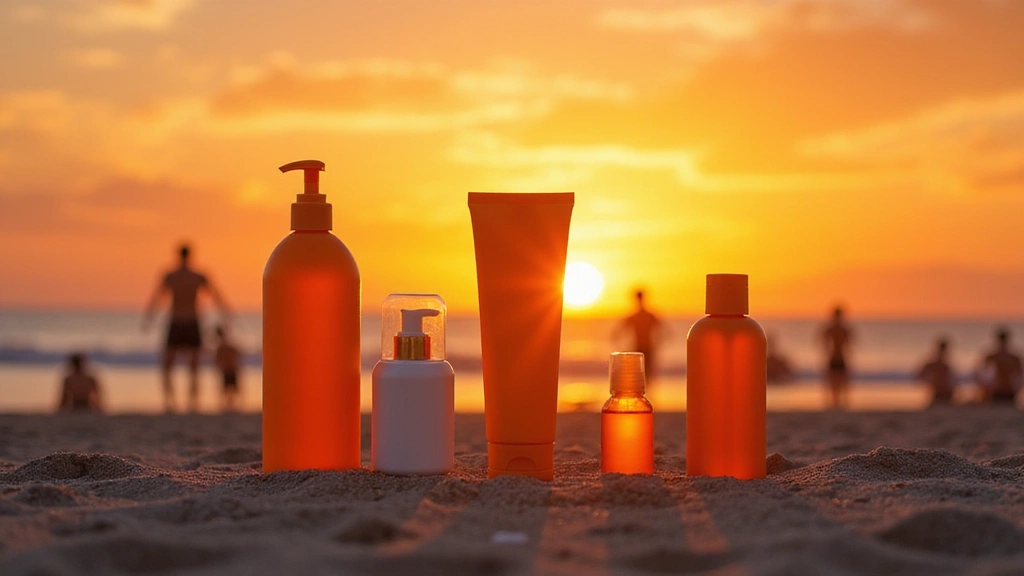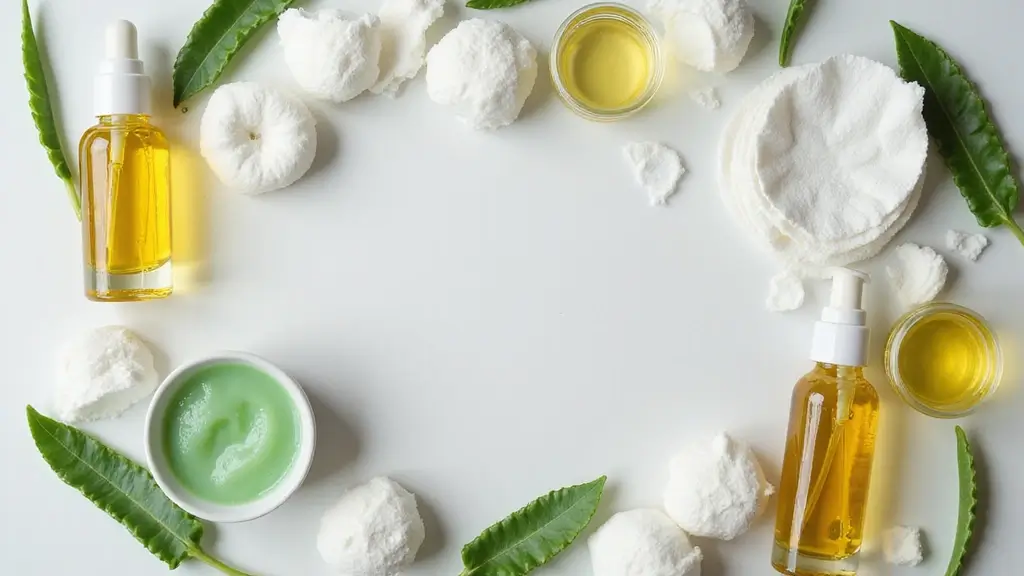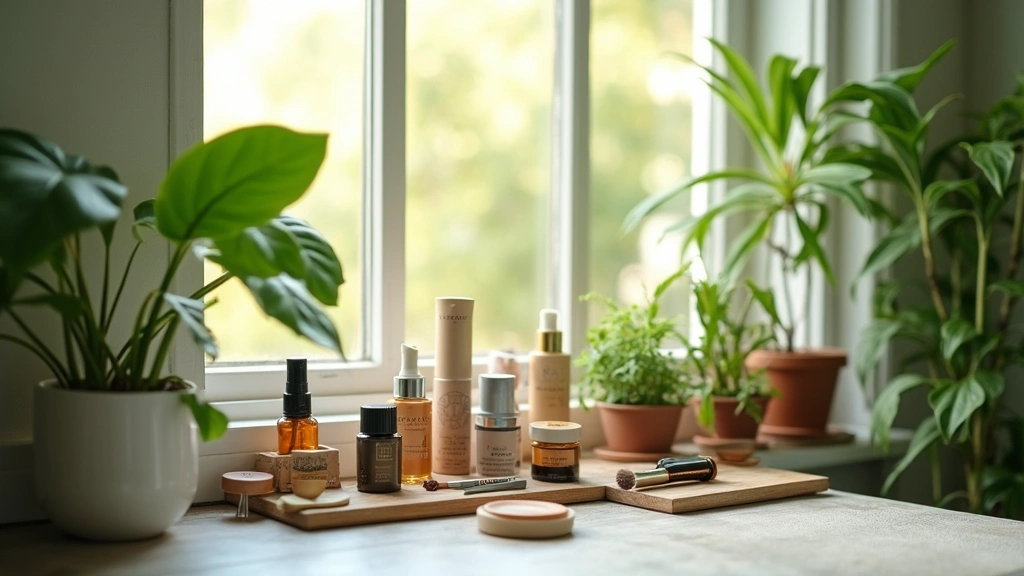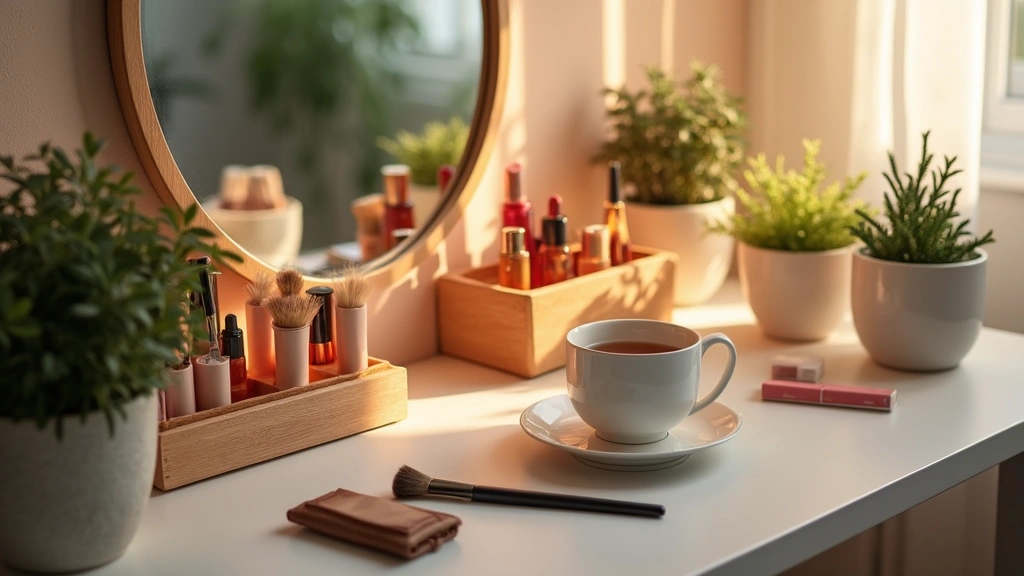Getting that perfect sun-kissed glow is often a summer rite of passage, yet it comes with its own set of challenges when it comes to skin health. Understanding the UV index is a game changer for tanning enthusiasts looking to strike the right balance between getting a beautiful tan and protecting their skin from harmful rays.
The UV index measures the strength of ultraviolet radiation from the sun on a scale of 1 to 11+, which helps you determine the best time for sun exposure. This article dives into the ideal UV index for tanning, alongside safe tanning tips and product recommendations to help you achieve that golden look without compromising skin health. So grab your sunscreen and towel, and let’s get started on your tanning journey!
Understanding the UV Index
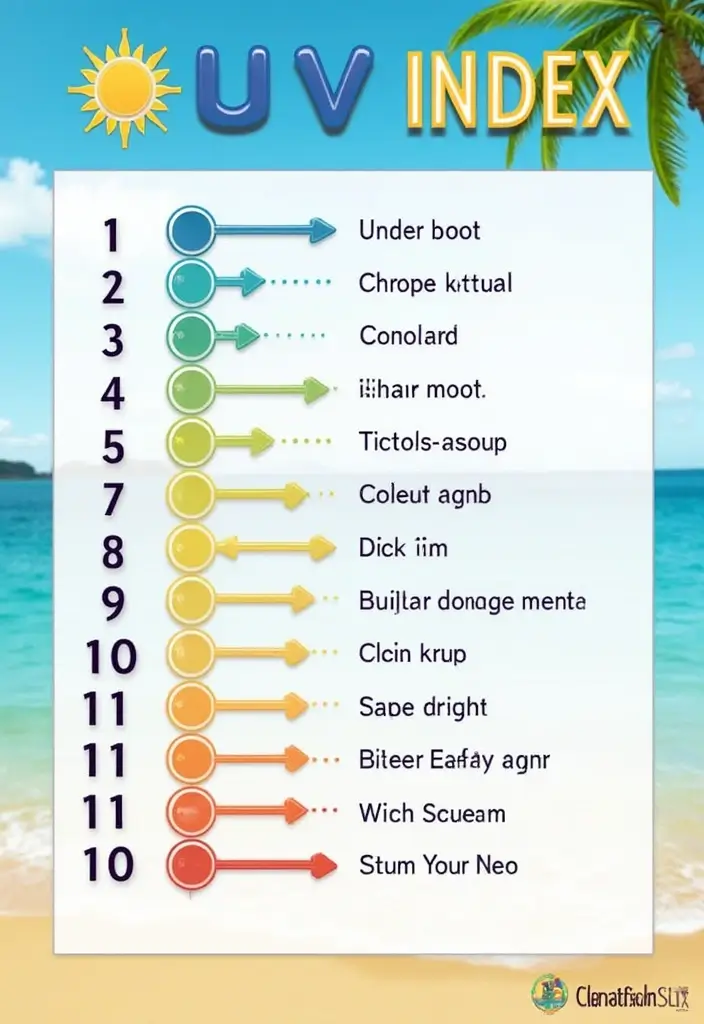
The UV index is a crucial factor for anyone looking to tan safely and effectively. It ranges from 1 (low) to 11+ (extreme), indicating the potential harm from UV radiation exposure. A UV index of 3 to 5 is generally considered moderate and ideal for tanning, while a 6 to 7 indicates high risk where protective measures should be taken.
– Low (1-2): Generally safe for prolonged sun exposure, but minimal tanning occurs.
– Moderate (3-5): Great time for tanning; remember to apply Broad Spectrum SPF 30 Sunscreen to protect your skin while you soak up those rays.
– High (6-7): Risk of burns increases, so limit exposure to around 30 minutes and consider using a higher SPF product like Broad Spectrum SPF 30 Sunscreen for added protection.
– Very High (8-10): Risk of harm is significant; use a higher SPF and limit time in the sun. A tanning oil such as Hawaiian Tropic Tanning Oil with SPF 25 can enhance your tanning experience while still offering some level of protection.
– Extreme (11+): Avoid sun exposure; protection must be used at all times.
Understanding this index helps enthusiasts plan their tanning sessions better and maximize their results while minimizing skin damage.
To tan safely and effectively, aim for a UV index of 3 to 5. Remember, a little sun goes a long way—always lather on SPF 30 or higher before soaking up those rays!
The Best UV Index for Tanning

For achieving that coveted tan, the optimal UV index is typically between 3 and 5. At this level, you receive just enough UV radiation to help your skin produce melanin—your body’s natural sun protector. However, it’s essential to pay attention to your skin type as well:
– Fair skin: May burn easily; consider starting at a UV index of 3.
– Medium skin: Can tolerate levels up to 5 without burning quickly.
– Dark skin: Higher UV levels can be tolerated, but caution is always wise.
To maximize your tanning results, aim for shorter, more frequent sessions rather than long, intense periods in the sun. Using a protective product like sunscreen with SPF 30 or higher is crucial, as it helps shield your skin from harmful rays while allowing you to tan safely.
It’s also worth noting that early morning or late afternoon sun offers a gentler approach to getting your tan, as the UV index tends to be lower. This allows for a beautiful, sun-kissed glow while keeping the risk of skin damage to a minimum.
After your tanning session, don’t forget to nourish your skin with after-sun moisturizer. Using a product like Hawaiian Tropic After Sun Body Butter with Coconut Oil helps hydrate and soothe your skin after exposure to the sun, ensuring that your tan lasts longer and your skin stays healthy.
For those who prefer a more targeted approach, consider using tanning oil with SPF while you bask in the sun. This product not only helps enhance your tan but also offers some level of sun protection, which is vital for maintaining skin health.
For the perfect tan, aim for a UV index of 3 to 5! Remember, your skin type matters—start low if you’re fair, and always prioritize safety over sun-kissed perfection!
Safe Tanning Tips
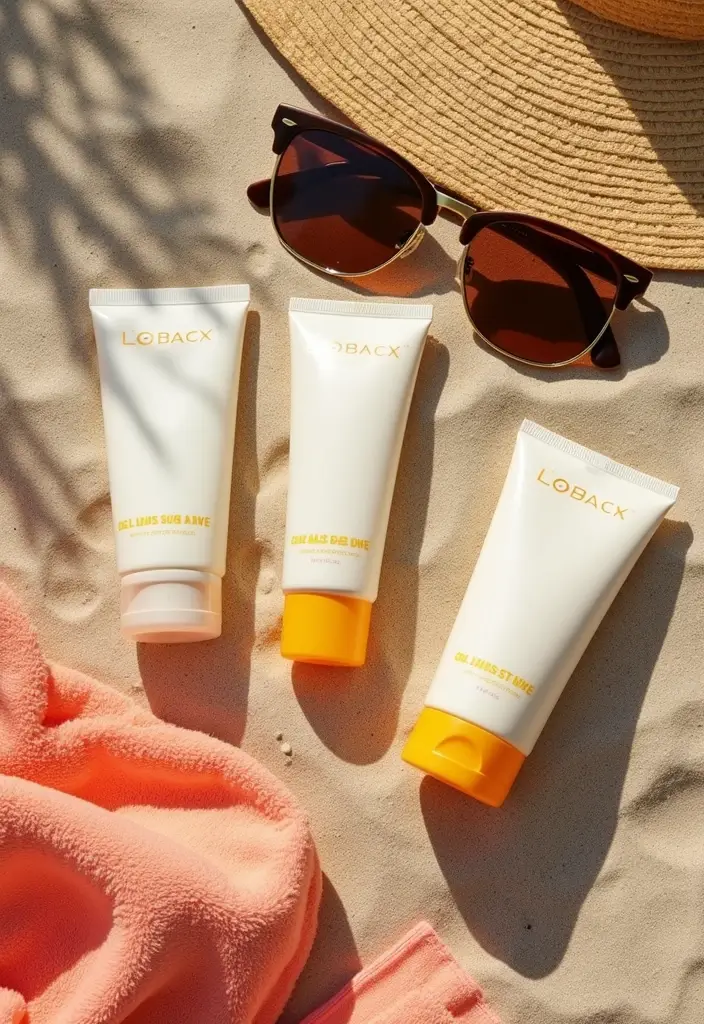
Achieving a beautiful tan while protecting your skin requires some smart strategies. Here are a few safe tanning tips to keep in mind:
– **Sunscreen Application**: Always apply a broad-spectrum sunscreen with SPF 30 or higher, even on cloudy days. Reapply every two hours, especially after swimming. A great option is the EltaMD UV Clear Face Sunscreen SPF 46, which is oil-free and dermatologist recommended, providing essential protection for your skin.
– **Tanning Lotions**: Consider using tanning lotions that combine bronzers with sun protection. The Australian Gold Dark Tanning Accelerator Lotion With Bronzer is a fantastic choice, as it helps accelerate tanning while providing some level of protection against UV rays.
– **Timing Is Key**: Sun exposure is gentler before 10 AM and after 4 PM. This timing allows for effective tanning without excessive UV risk.
– **Hydration**: Drink plenty of water to keep your skin hydrated from the inside out. This also helps prevent sunburn.
– **Skin Care Routine**: Utilize after-sun care products such as aloe vera gels or moisturizing lotions post-tan to soothe and hydrate your skin. The Hawaiian Tropic Lime Coolada After Sun Lotion is perfect for this purpose, as it’s enriched with aloe, cocoa butter, and shea butter to restore moisture and comfort to sun-kissed skin.
Incorporating these tips and products into your tanning routine can help you achieve a golden glow without sacrificing skin safety.
Understanding Skin Types and UV Sensitivity
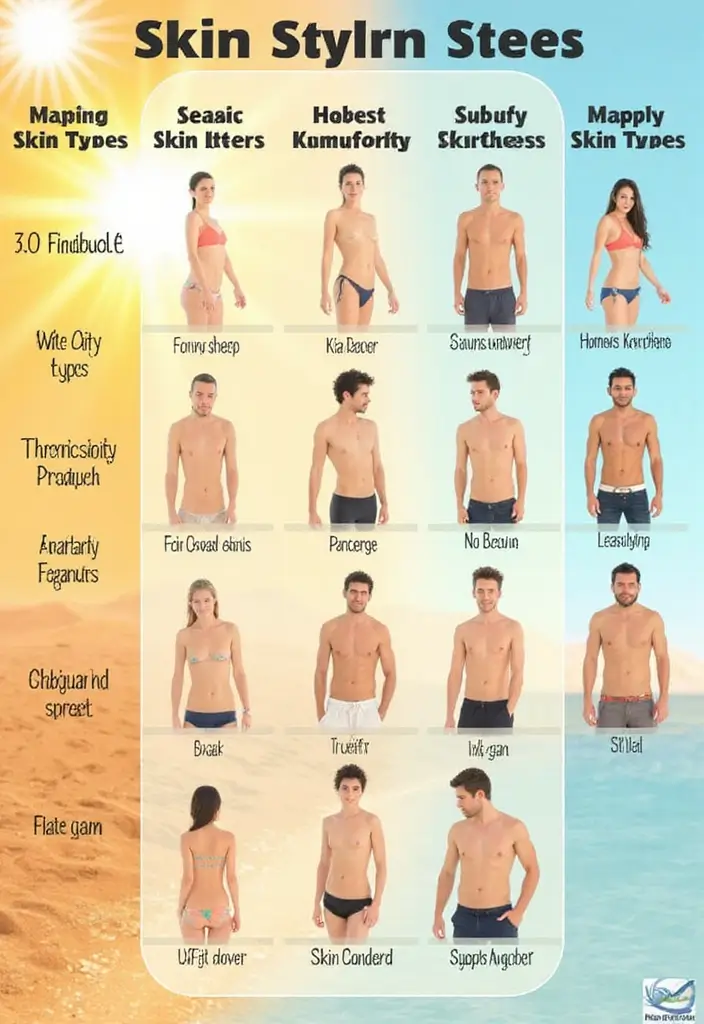
Everyone’s skin reacts differently to UV exposure, and understanding your skin type can significantly enhance your tanning experience. Here’s a quick guide:
– Type I: Very fair skin, often burns; tanning is difficult. Avoid excessive sun exposure and consider using a broad spectrum sunscreen SPF 50 to protect your skin.
– Type II: Fair skin, usually burns; use higher SPF and moderate exposure. Applying a reliable sunscreen like the broad spectrum sunscreen SPF 50 is crucial for maintaining your skin’s health while tanning.
– Type III: Medium skin, may tan gradually; moderate exposure is fine. To enhance your tanning experience, consider using tanning oil with SPF for a bit of extra color while still protecting your skin.
– Type IV: Olive skin, tans easily; can handle moderate to high UV exposure. However, it’s still wise to apply a broad spectrum sunscreen SPF 50 to avoid long-term damage.
– Type V: Brown skin, rarely burns; high UV exposure tolerated but always apply some form of protection. The tanning oil with SPF can help you achieve a beautiful glow while keeping your skin safe.
– Type VI: Dark brown skin, very resistant to sunburn; always apply sunscreen. Regardless of your skin’s natural resilience, using a broad spectrum sunscreen SPF 50 remains essential.
By knowing your skin type, you can better gauge the ideal UV index for a safe and effective tanning session. After sun exposure, consider using after sun aloe vera gel to soothe your skin and aid in recovery. Just remember, even skin that tans easily can sustain damage over time, which is why protection is vital regardless of skin type.
Choosing the Right Tanning Lotion
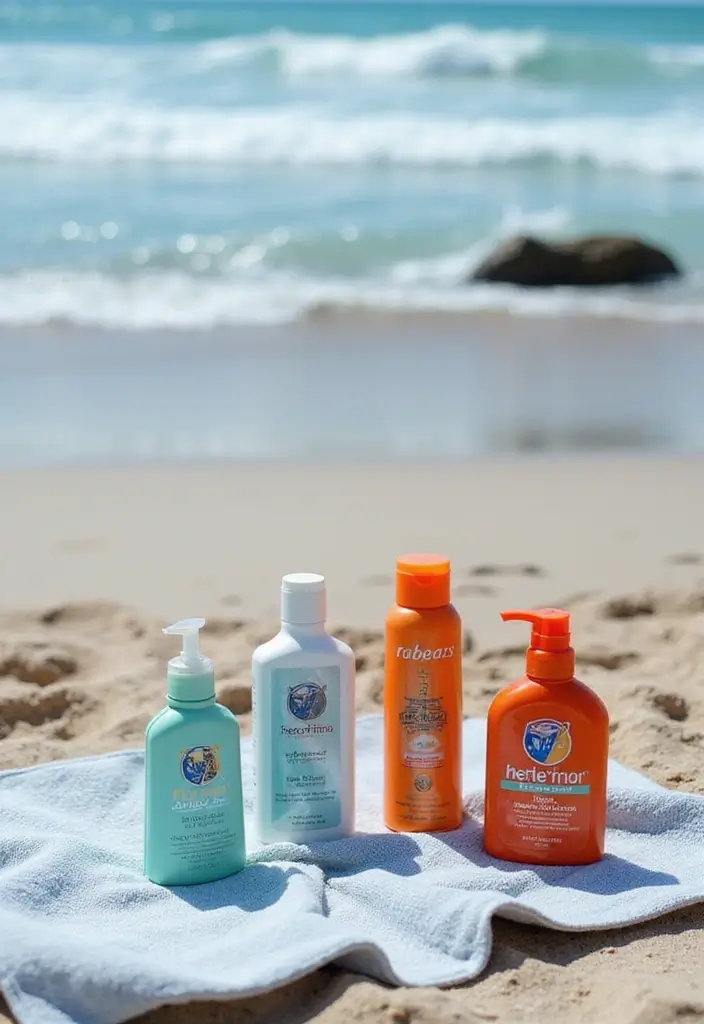
Finding the perfect tanning lotion can elevate your sunbathing experience. Here’s a breakdown of what to look for:
– **SPF Rating**: Always opt for a broad-spectrum lotion with a minimum SPF of 30 for daily use when tanning. The Sun Bum SPF 15 Browning Body Lotion is a great choice, offering water resistance and moisturizing benefits with vitamin E, although it’s advisable to aim for higher SPF when possible.
– **Moisturizing Ingredients**: Look for lotions with natural ingredients like coconut oil, aloe, or vitamin E to ensure your skin stays hydrated. The Tanologist Hydrating Daily Glow Body Lotion is an excellent option, as it includes coconut oil and provides gradual tanning without any fake tan smell.
– **Bronzing Agents**: If you want immediate color, consider lotions with bronzers for instant tanning results. The Australian Gold Sunscreen Lotion with Instant Bronzer can give you that quick bronzed look while being water-resistant and non-greasy.
– **Non-Comedogenic**: Choose products that won’t clog your pores, especially if you’re prone to acne. The ingredients in the aforementioned products generally help maintain skin clarity.
– **Water Resistance**: If you plan to swim or sweat, pick water-resistant formulas to maintain protection. Both the Sun Bum and Australian Gold options are designed to withstand moisture, ensuring you stay protected while enjoying the water.
By selecting the right tanning lotion, like those mentioned, you can enjoy the sun safely while enhancing your tan. Lastly, remember to test new products beforehand to ensure your skin doesn’t react negatively.
Tanning Bed Safety Guidelines
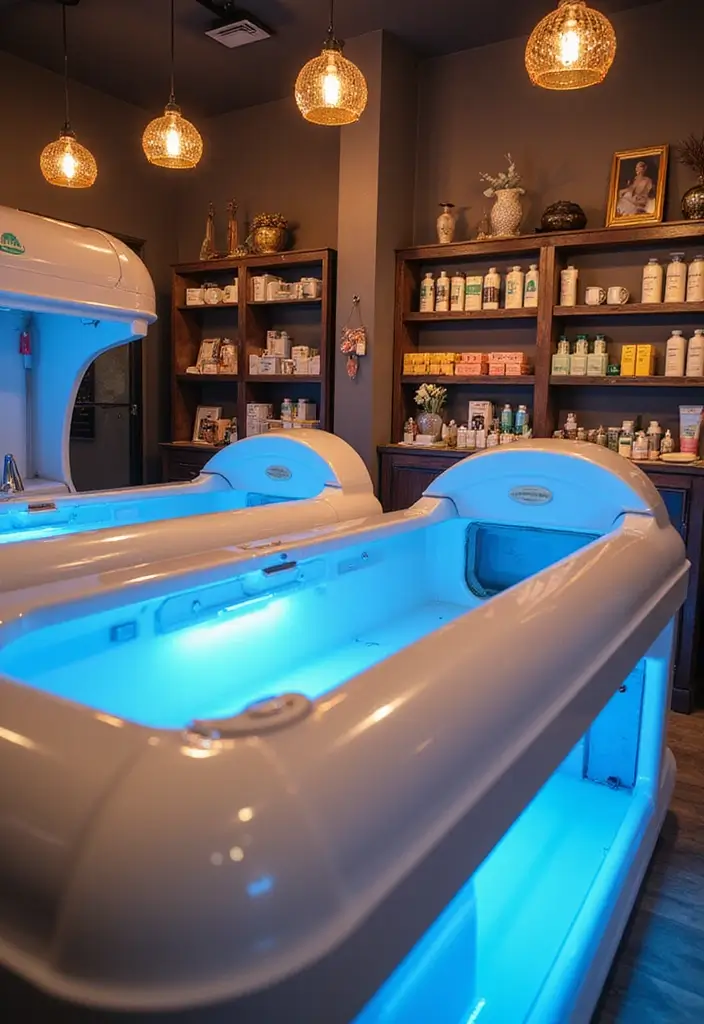
While natural sunlight is often preferred, many still turn to tanning beds. If you’re considering this route, keep the following safety guidelines in mind:
– Limit sessions: Start with short sessions, about 5-10 minutes, and gradually increase as your skin adjusts.
– Tanning frequency: Avoid tanning more than once a week to minimize skin damage.
– Protective eyewear: Always wear protective goggles like Tanning Bed Goggles to shield your eyes from harmful UV rays.
– Skin condition: Never tan if you have cuts, sunburn, or any irritation.
– Follow guidelines: Stick to the recommended exposure times for the bed you are using.
Educating yourself about tanning bed safety is essential. Overexposure can lead to severe skin damage and increase the risk of skin cancer. To maintain healthy skin while you achieve that desired glow, consider using a product like Moisturizing Tanning Lotion. This hydrating daily glow body lotion not only helps you tan gradually without the fake tan smell but also moisturizes your skin, keeping it healthy and radiant. Always make smart choices to protect your skin while enjoying that beautiful tan.
Post-Tan Care for Healthy Skin
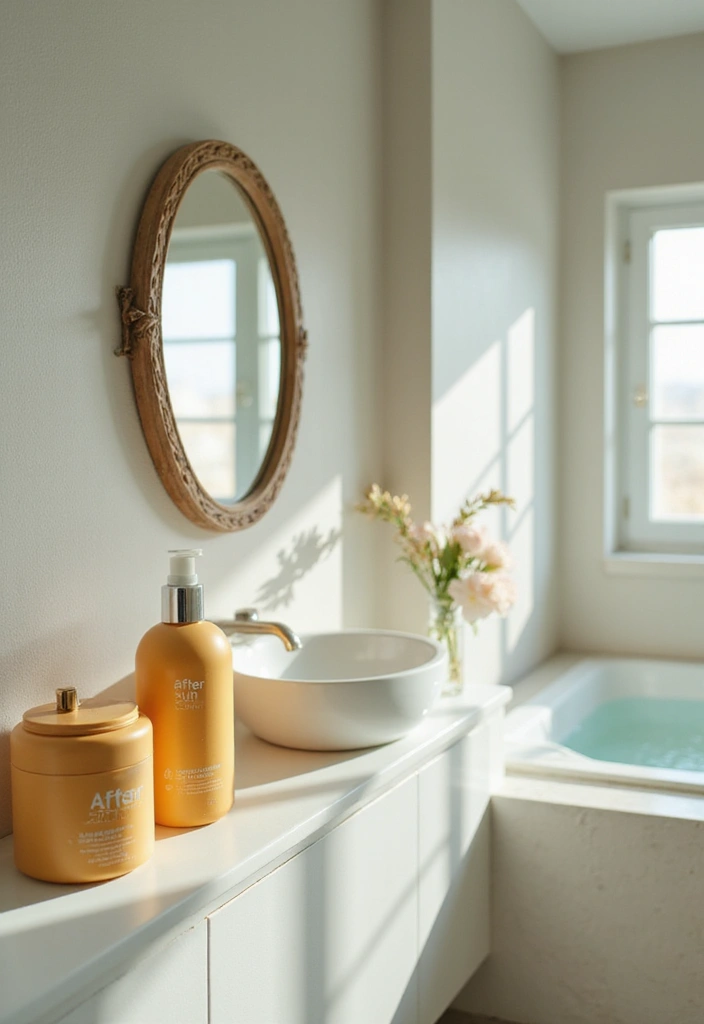
After enjoying some time in the sun or a tanning bed, post-tan care is critical to maintain your glow and protect your skin. Here are essential steps:
– **Cool Down**: After sun exposure, take a cool shower to wash off products and cool your skin temperature. This helps reduce any inflammation and prepares your skin for nourishment.
– **Moisturize**: Apply a rich moisturizer or after-sun lotion such as Hawaiian Tropic after sun body butter with coconut oil to soothe sun-drenched skin. This product not only hydrates but also extends your tan by keeping your skin soft and supple.
– **Hydration**: Drink plenty of water to keep your skin hydrated from within. A great way to track your intake is using a hydrating water bottle, which features times to drink and a straw, making hydration more convenient and motivating.
– **Avoid Harsh Products**: Skip exfoliants or strong soaps for a couple of days to prevent skin irritation. Gentle care is key during this period to ensure your tan lasts.
– **Monitor Your Skin**: Keep an eye on any changes or unusual spots, and see a dermatologist if anything seems off. Taking care of your skin afterward is just as crucial as the tanning process itself and will help prolong that sun-kissed look.
Post-tan care is your skin’s best friend! A cool shower, rich moisturizer, and plenty of hydration will keep your glow radiant. Remember, healthy skin is always in style!
The Importance of Regular Skin Checks

As a tanning enthusiast, it’s essential to have regular skin checks to monitor for any signs of skin damage. Here’s why it’s vital:
– **Early Detection**: Catching issues like suspicious moles or skin changes early allows for better treatment options. For keeping track of your skin’s health, consider using a skin check mole mapping kit. This kit includes everything you need to document changes and monitor your skin effectively.
– **Skin Cancer Risks**: Increased sun exposure raises the risk of skin cancer; regular checks can help mitigate this. To protect your skin while enjoying the sun, apply a broad-spectrum sunscreen like La Roche-Posay Anthelios melt-in milk sunscreen SPF 100. Its high SPF provides crucial defense against harmful UV rays.
– **Skin Care Routine**: Following a consistent skin care routine can help maintain your tan while protecting your skin’s health. After sun exposure, using a moisturizing after-sun lotion like Hawaiian Tropic after sun body butter can help hydrate and extend your tan while soothing your skin.
– **Professional Visits**: Schedule annual dermatologist visits, especially if you have a history of skin issues. Regular checks are a proactive approach to ensure your skin remains healthy while you enjoy the sun.
Regular skin checks are your best defense against sun damage. Catching issues early not only protects your tan but also your health. Remember, a golden glow is best enjoyed when your skin is safe!
Understanding the Risks of Overexposure
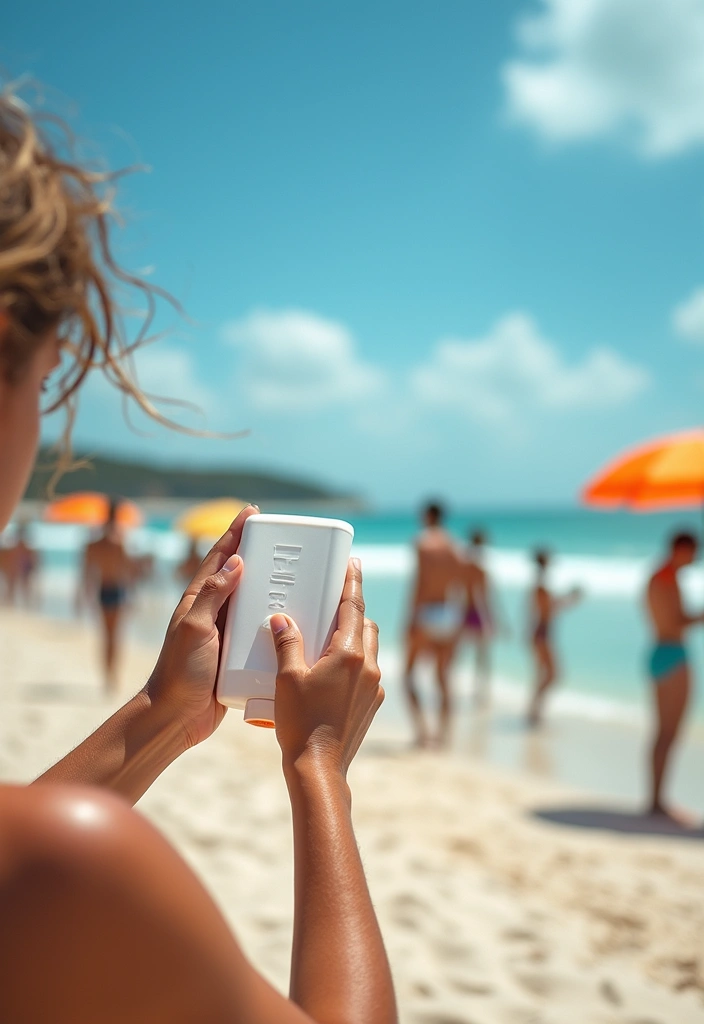
While tanning can provide a radiant look, it’s crucial to recognize the risks associated with overexposure to UV rays. Here are some essential points to reflect on:
– **Sunburn**: Overexposure can lead to painful sunburn, which not only damages skin but also increases cancer risk. To help prevent this, consider using broad spectrum sunscreen with SPF 46. This oil-free formula, recommended by dermatologists, provides effective protection against harmful UV rays.
– **Premature Aging**: Excessive sun exposure can cause wrinkles, fine lines, and skin laxity. To combat these effects, it’s essential to moisturize your skin after sun exposure. Using a product like after-sun moisturizer with aloe can soothe and hydrate your skin, helping to maintain its youthful appearance.
– **Skin Cancer**: Prolonged exposure has been linked to various skin cancers, making awareness essential. Regular application of a reliable sunscreen is vital to protect against these risks.
– **Heat Rash**: Spending too much time under the sun can lead to uncomfortable heat rash, which can also be a source of embarrassment. Staying hydrated and using soothing after-sun care can alleviate discomfort.
Awareness and moderation are key to enjoying the sun safely while still achieving that fabulous tan. Always protect your skin as you indulge in tanning activities.
Conclusion

Tanning can be a delightful part of summer, but it’s vital to approach it with an informed mindset. Remember, the best UV index for tanning lies between 3 and 5, allowing you to achieve that golden glow while keeping skin health in check. From understanding your skin type to choosing the right tanning products and implementing safety guidelines, every step counts.
Embrace the sun responsibly and enjoy the beauty of safe tanning practices. Remember, your skin deserves the best care while you chase that sun-kissed look!
Note: We aim to provide accurate product links, but some may occasionally expire or become unavailable. If this happens, please search directly on Amazon for the product or a suitable alternative.
This post contains Amazon affiliate links, meaning I may earn a small commission if you purchase through my links, at no extra cost to you.
Frequently Asked Questions
What UV index is considered safe for tanning?
The optimal UV index for tanning is typically between 3 and 5. This range allows your skin to produce melanin, which gives you that beautiful sun-kissed glow while minimizing the risk of sunburn and skin damage.
Always check your local UV index before heading outside to ensure you’re tanning safely!
How can I protect my skin while tanning?
To protect your skin during tanning, always apply a broad-spectrum sunscreen with at least SPF 30, even on cloudy days. Reapply every two hours, and consider wearing protective clothing or seeking shade during peak sun hours (10 a.m. to 4 p.m.).
Following these safe tanning tips ensures you enjoy your time in the sun while keeping your skin healthy!
What are some good tanning lotion recommendations?
When choosing a tanning lotion, opt for one with a minimum SPF of 30 and broad-spectrum protection. Look for lotions that contain moisturizing ingredients like aloe vera or coconut oil to nourish your skin while you tan.
Popular options include products with natural bronzers to enhance your tan without damaging your skin!
Are tanning beds safe to use?
Tanning beds can pose risks due to their intense UV exposure. If you choose to use one, follow tanning bed safety guidelines such as limiting your sessions to 10-15 minutes and using protective eyewear.
Always consult with a professional to understand the risks and ensure you’re making safe choices for your skin health.
How often should I check my skin for damage after tanning?
It’s essential to perform regular skin checks after tanning, ideally once a month. Look for any unusual moles, changes in existing moles, or signs of sunburn.
If you notice anything concerning, consult a dermatologist promptly. Early detection is key to maintaining healthy skin!

